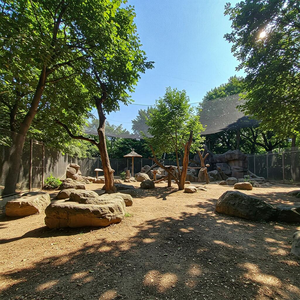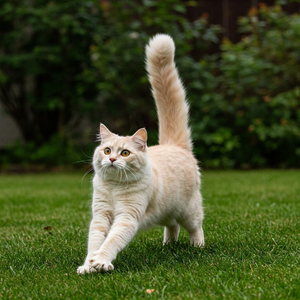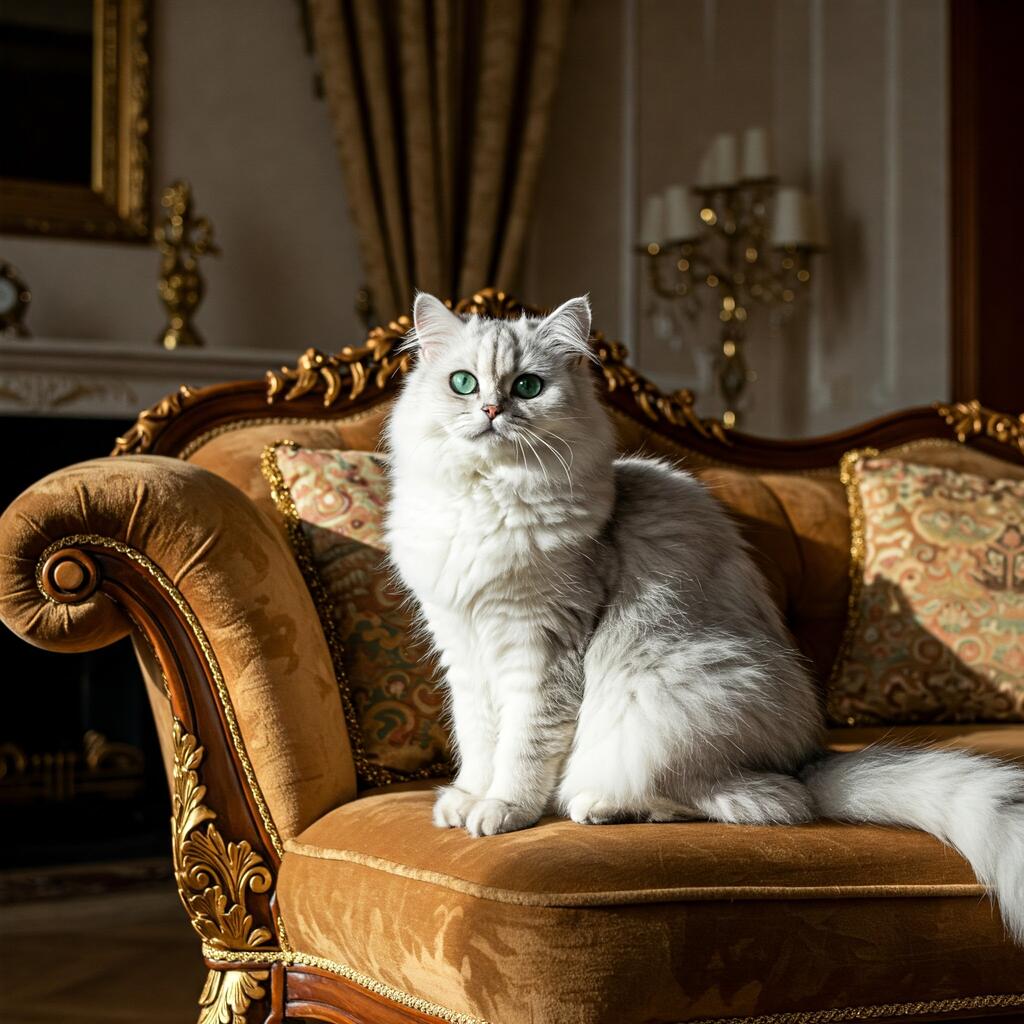
The Glamorous World of the Persian Chinchilla Cat
The Persian Chinchilla cat breed is also a feline breed created by man in the 18th century. In Great Britain, a breeder Mrs Vallence crossed a smoke-coloured Persian with a grey tiger Persian, resulting in a cat with silver fur and coloured fur ends. Thanks to Princess Victoria of England, the breed spread throughout the country.
The first officially recognised specimen of the Persian Chinchilla was a kitten called the Silver Lambkin. This first specimen was stuffed and is still on display today at the South Kensington Museum in London. In the feline exhibition at the Crystal Palace in 1888 it won most of the prizes. The breed was named Chinchilla because the colour of its fur resembled that of the rodent of the same name, although the shades are the opposite and with which it shares the silky coat.
The first Persian Chinchilla specimens were darker than today's and selections to obtain a lighter coat weakened the species so much in the mid 20th century that it risked extinction during the Second World War. Fortunately, a few specimens were imported from America and the breed was recovered and is now highly sought after. For enthusiasts, the Chinchilla is considered the most beautiful of all Persian cats.
Character of the Persian Chinchilla Cat
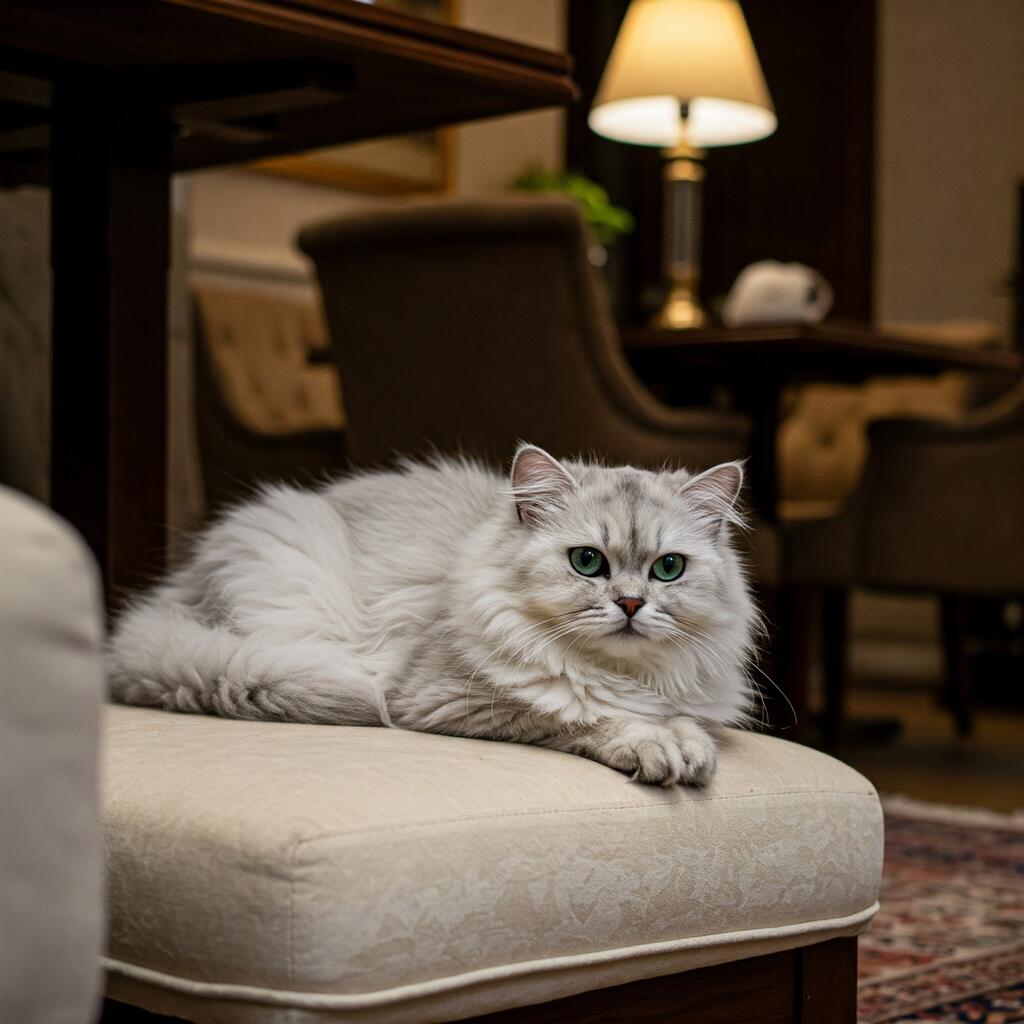
He is very quiet and seems to prefer to spend most of his time indoors, rather than in the garden. He is the ideal cat for beauty shows, because he can remain impassive in front of crowds and is able to show his elegance; he looks haughty and aristocratic and is also very popular for this.
In the home he gets along well with everyone, even with other animals and with children as long as they are not too agitated. Alternatively, do not hesitate to offer him high shelves and hiding places where he can take refuge for additional calm. In fact, calm is the thing he craves most of all. He does not meow much, preferring to make himself understood with his gaze. He is by no means aggressive even when provoked; he prefers to leave it alone and isolate himself in a safe place.
Now and then, though rarely, he also appreciates moments of activity, to play or chase prey. He is particularly touchy, so be careful not to offend him or he will sulk for a long time, or until he gets what he wants.
Persian Chinchilla Cat, appearance
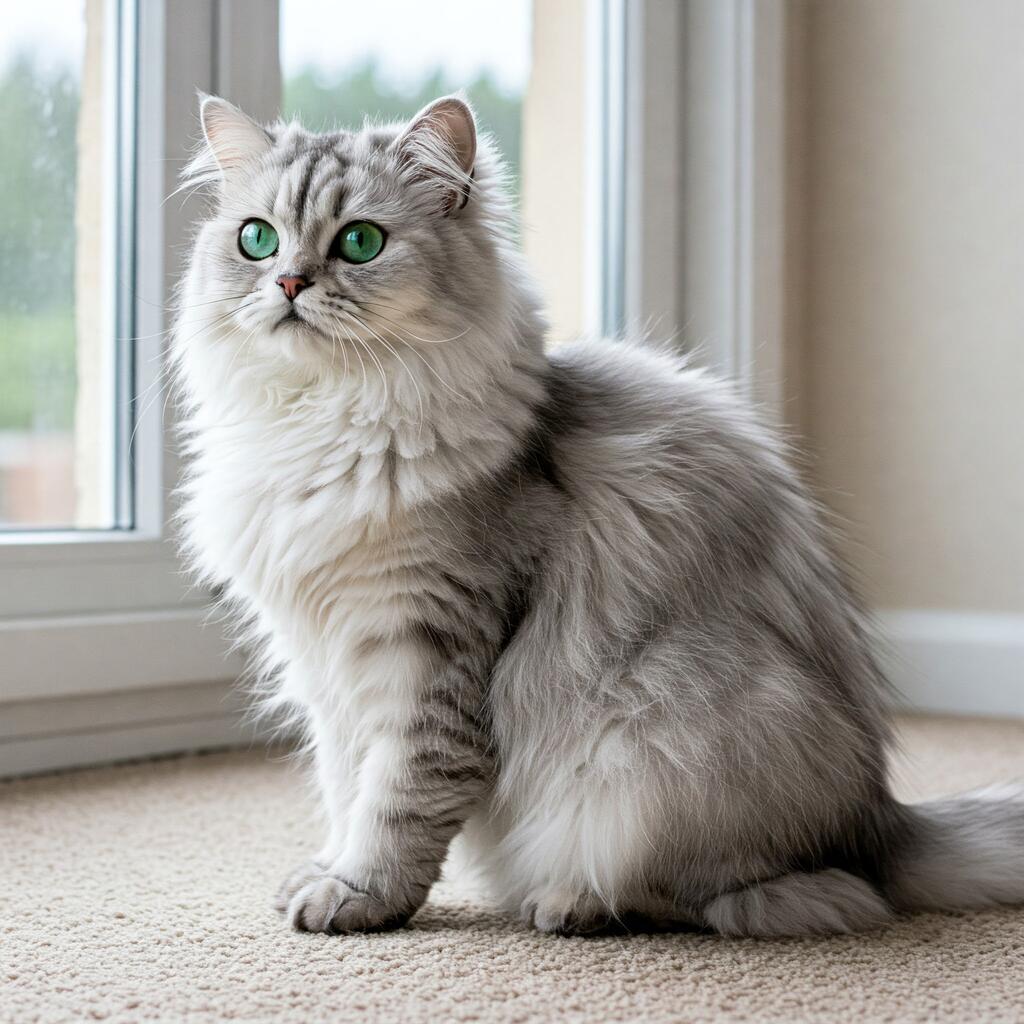
But it is the coat that is the most fascinating thing about this cat, both for its colour and its texture to the touch. It is indeed a real pleasure to stroke a Cat Persian Chinchilla, as it is long, silky and with a thick undercoat. The colour is silver white over the whole length with some black at the tips. Four other colour variants have been recognised for this cat.
Care and health of the Persian Chinchilla Cat
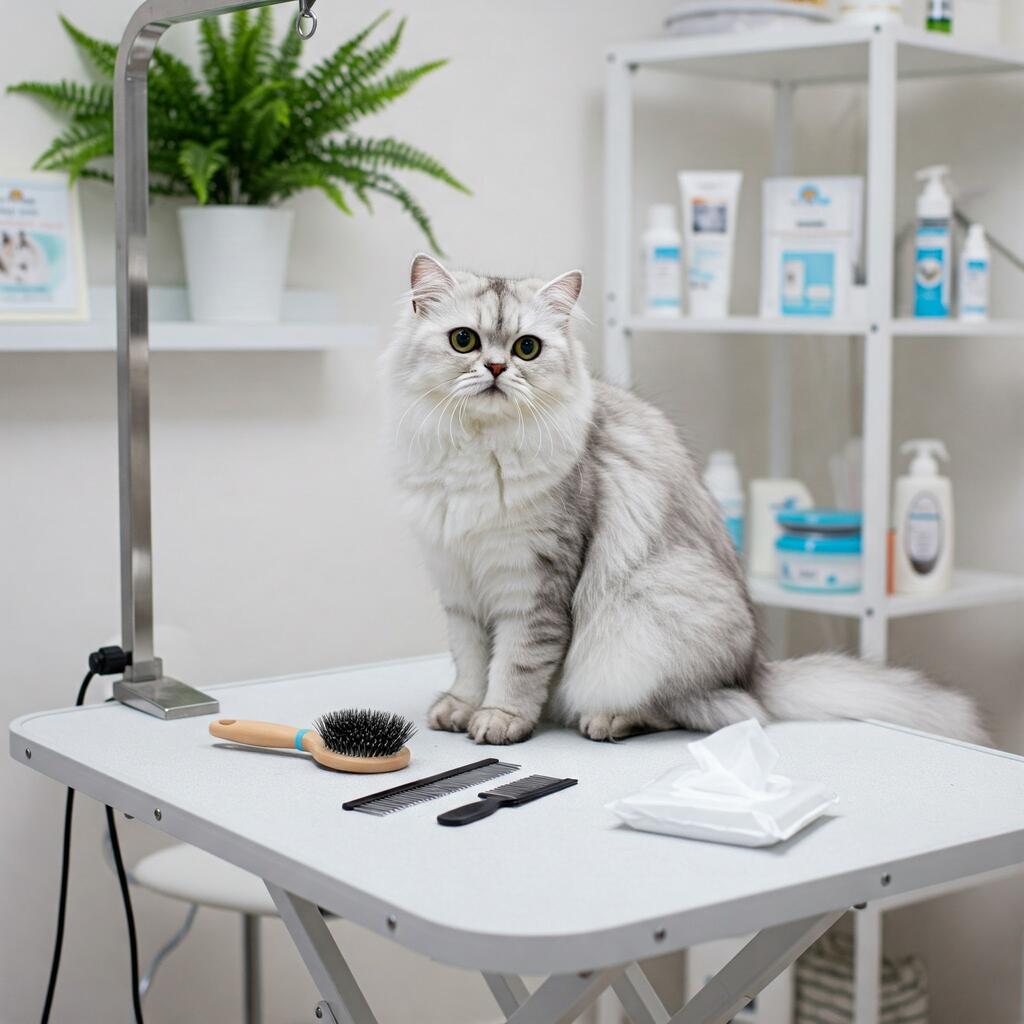
Finally, these cats are often affected by a genetic disorder called dominant-type renal polycystosis. An estimated 40% of Persians are affected. The disease can usually be diagnosed around 10 months of age and this allows action to be taken before it manifests itself more violently at the age of 7 years of the cat.
The cat's coat is very long and needs daily brushing as it loses a lot of hair, and once a month it is good to give it a bath. It is also good to clean its eyes, ears and nose every day, as secretions can cause infections.
It has a life expectancy of 12 to 18 years. As it is a cat that does very little exercise, particular care should be taken with its diet and it should not be fed only dry food.








